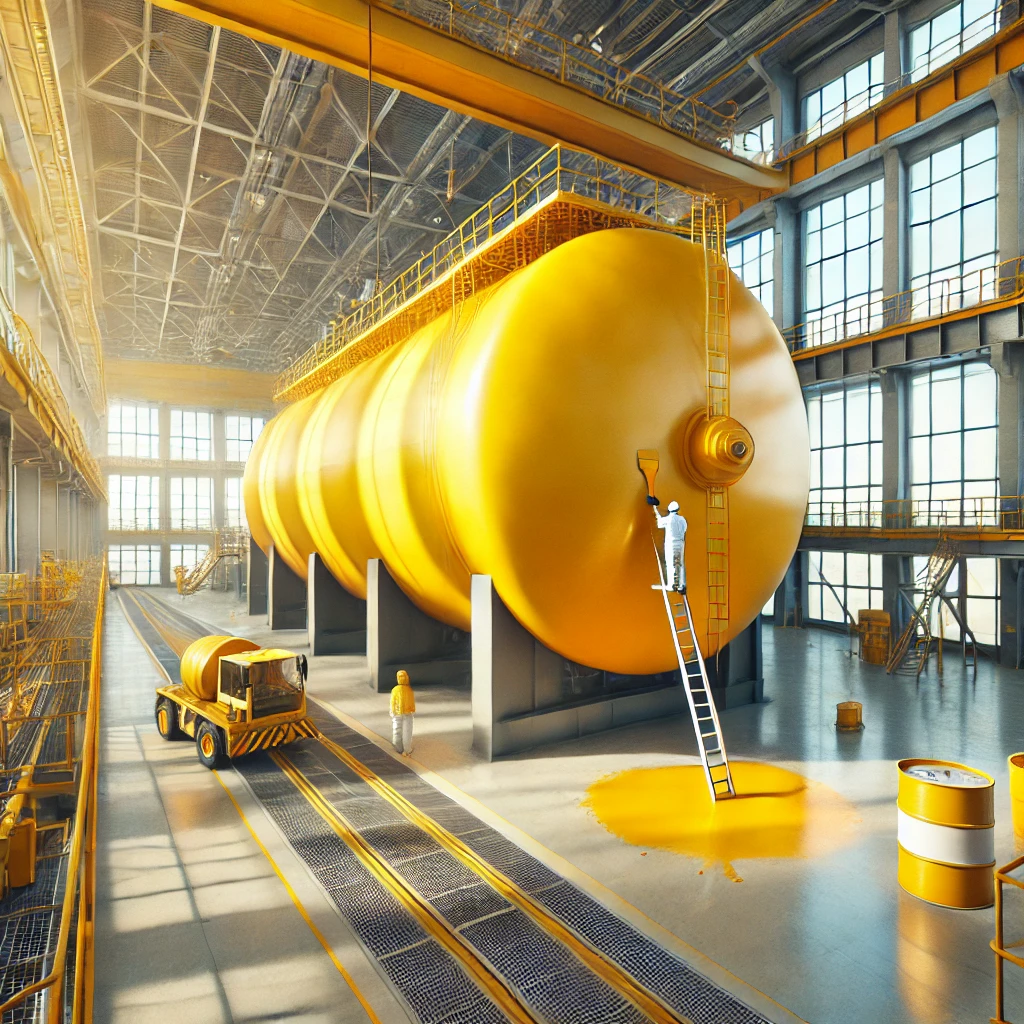Innovative Solutions for Storage Tank Repair by P.R. Steelecoat
P.R. Steelecoat has long stood at the forefront of addressing the challenges associated with the deterioration of industrial storage tanks, a common issue due to corrosion and erosion that can lead to leaks and significant environmental damage, ultimately shutting down operations.
Tank Inspection: A Critical First Step
Corrosion often develops unseen, tucked away beneath insulation or within the tank interiors, making early detection challenging. These hidden areas are prone to advanced stages of corrosion, making tanks vulnerable to rapid degradation. Regular, thorough inspections are crucial to identify these problems early, preventing dangerous outcomes.
The Limitations of Traditional Repair Processes
Traditionally, repairing storage tanks, whether thin-walled or thick-walled, involves extensive hot work. This method is not only time-consuming but also necessitates halting operations completely—a procedure that begins with emptying and cleaning the tank. The need for hot work, with its inherent risks of inflammability and potential explosions, can severely impact productivity and escalate costs. Additionally, hot work like welding may be hindered by space limitations, operational conditions, and the availability of necessary replacement parts.
P.R. Steelecoat’s Modern Repair Alternatives
P.R. Steelecoat advocates for a modern alternative to conventional methods—employing advanced cold-curing compounds like Supercrete for durable, long-lasting repairs. This technique significantly reduces the repair time, typically needing just one to two days to restore tanks to full functionality, without incurring downtime. This efficient approach not only sustains productivity but also helps manage costs more effectively, extending the storage tank’s lifespan.
Step-by-Step Guide to Effective Storage Tank Repair and Alteration
The process of repairing and altering storage tanks involves several critical steps:
- Dismantling Key Components: Parts of the tank crucial to its integrity, such as the roof, bottom, and portions of the shell, are removed. This facilitates access for subsequent welding or cold-curing.
- Repositioning and Levelling: The affected tank shell, bottom, or roof is then jacked up and relevelled to provide better access and facilitate effective repairs.
- Reinforcement: Additional plates may be added to the shell opening to reinforce the structure, ensuring robust and efficient repair work.
- Repair Work: The corroded area is then meticulously cleaned, and depending on the preferred method, either hot work welding or cold-curing is applied.
Adhering to API Standards for Tank Repair
P.R. Steelecoat’s repair and reconstruction methods align with the stringent requirements set out in Section 7 of API-653, which specifies the necessary steps for any tank repair or alteration. These guidelines ensure the safety and efficacy of repairs, addressing everything from material defects and weld repairs to modifications in tank architecture.
Conclusion
P.R. Steelecoat continues to lead the industry with innovative solutions that minimize environmental risks and operational disruptions. Through the adoption of modern technologies and practices, P.R. Steelecoat not only meets the needs of today’s industries but sets new standards for the future of storage tank management. With a focus on safety, efficiency, and sustainability, P.R. Steelecoat remains dedicated to advancing the field of industrial coating and lining solutions, ensuring that even the most challenging issues are addressed with professional expertise and innovative approaches.


